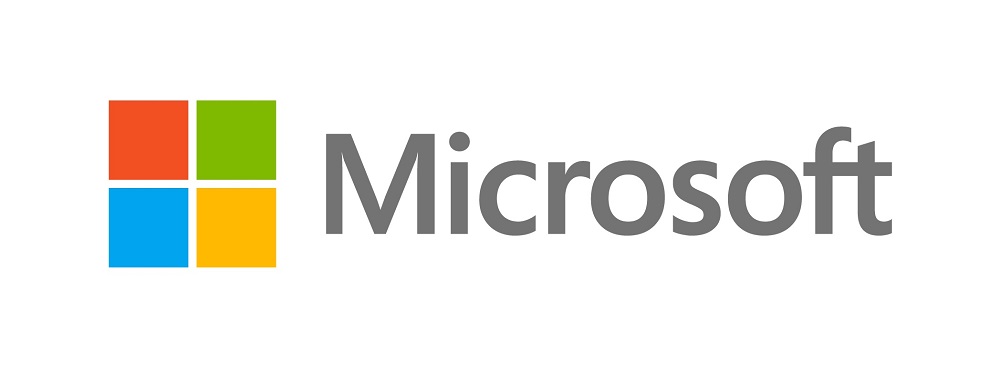Microsoft and LinkedIn launch next stage to help job seekers and employers move to a skills-based economy
SINGAPORE – Media OutReach – 31 March 2021 – Microsoft Corp. on Tuesday announced it has helped over 30 million people in 249 countries and territories gain access to digital skills, of which close to 6 million of them are from Asia Pacific. This tops its initial goal of 25 million last June. Microsoft Corp. is also extending its commitment to help 250,000 companies globally make a skills-based hire in 2021.

From laid-off factory workers to retail associates and truck drivers, millions of people turned to online learning courses from GitHub, LinkedIn and Microsoft during the pandemic to help prepare for and secure the most in-demand roles, including customer service, project management and data analysis. The announcement, detailed on the Official Microsoft Blog, builds on the company’s efforts to help people by extending through 2021 free LinkedIn Learning and Microsoft Learn courses and low-cost certifications that align to 10 of the most in-demand jobs. The next stage of the initiative sets a new foundation for a skills-based economy through a suite of new tools and platforms designed to connect skilled job seekers with employers .
“Skills will be the new currency in the post-pandemic world. Over the past year, we’ve seen the pandemic affect people all across the world, including those who could bear it the least,” said Microsoft Asia President Ahmed Mazhari. “For us to emerge stronger from the pandemic, reskilling needs to be at the center of our economic reset. Together with LinkedIn, we are doubling down our efforts to re-design work in the region by supporting the development of a more inclusive skills-based labor market, creating more alternatives, greater flexibility, and accessible learning paths that connect people more readily with new job opportunities.”
LinkedIn plans to help 250,000 companies globally make skills-based hires this year through new and existing hiring products. The company will provide both new ways for job seekers to demonstrate their skills and new tools for employers to connect to candidates based on their skill proficiencies including:
- The pilot of LinkedIn Skills Path, a new way to help companies hire for skills. Skills Path brings together LinkedIn Learning courses with Skill Assessments to help recruiters source candidates in a more equitable way — based on their proven skills. LinkedIn is piloting Skills Path with various companies, including BlackRock, Gap Inc. and TaskRabbit, committed to broadening their hiring practices to better include candidates with diverse experiences.
- New expressive and personalized LinkedIn profile features will help people share more about themselves, their career and goals in a more authentic and engaging way. This includes a video Cover Story that allows job seekers to demonstrate their soft skills to recruiters and hiring managers. Seventy-five percent of hiring managers believe a standard resume is insufficient in evaluating a candidate’s soft skills, and almost 80% believe video has become more important when evaluating candidates.*
- Expanded access to LinkedIn’s Skills Graph will help create a common skills language for individuals, employers, educational institutions and government agencies to help improve workforce planning, hiring and development programs.
Microsoft is bringing together every part of the company to supplement LinkedIn’s work to promote far-reaching digital skills opportunities, including Career Coach, a Microsoft Teams for Education app powered by LinkedIn that provides personalized guidance for higher education students to navigate their career journey. Career Coach offers educational institutions a unified career solution for students to help them discover their goals, interests and skills using an AI-based skills identifier and LinkedIn integration that aligns a student’s comprehensive profile with job market trends and helps them grow real-world skills and connect with mentors and peers all in one place.
Olivier Legrand, Managing Director & Vice-President, Asia Pacific & China, LinkedIn said, “More and more, we are seeing skills-based hiring becoming critical in our world of work. We’ve seen people across the globe express a desire to learn and build their skills, and organizations too, are hiring based on skills instead of traditional qualifications. LinkedIn, together with Microsoft, are committed to helping everyone shift towards a skills-based economy. In 2021, we will continue our efforts to equip jobseekers with the right resources to pick up new skills, and connect them to opportunities, as well as aim to help 250,000 organizations make a skills-based hire.”
As part of the initiative, Microsoft has worked closely with its nonprofit partners to help provide wrap-around support with coaching, mentoring and networking to nearly 6 million learners worldwide. Microsoft will apply these lessons more broadly and is announcing a new online service, Career Connector, that will provide 50,000 job seekers worldwide with the opportunity to secure a tech-enabled job over the next three years. It will focus on learners who have built skills via Microsoft’s nonprofit and learning partners, with an emphasis on women and underrepresented minorities in technology.
Microsoft (Nasdaq “MSFT” @microsoft) enables digital transformation for the era of an intelligent cloud and an intelligent edge. Its mission is to empower every person and every organization on the planet to achieve more.
* Survey methodology: Censuswide conducted online research on behalf of LinkedIn, between Feb. 25 and March 2, 2021, among 1,009 hiring managers and 2,101 job seekers, ages 18 to 69, in the U.S.
Note to editors: For more information, news and perspectives from Microsoft, please visit the Microsoft News Center at http://news.microsoft.com. Web links, telephone numbers and titles were correct at time of publication, but may have changed. For additional assistance, journalists and analysts may contact Microsoft’s Rapid Response Team or other appropriate contacts listed at https://news.microsoft.com/microsoft-public-relations-contacts.



